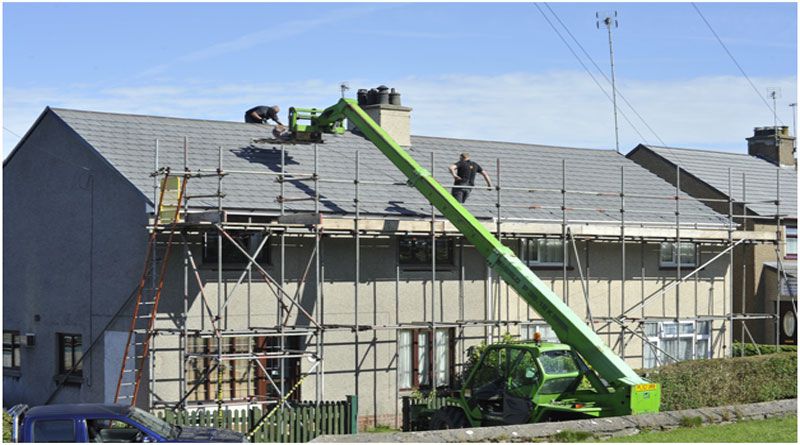Concrete is both an easy and difficult material to work with. Sure, it only has a few ingredients—and most of the time all you need to do is combine the dry mix with water and the concrete is ready to use. But there are a lot of factors to consider so your DIY concrete project is successful. If you don’t properly prepare, your concrete project may be doomed before it even starts. To make sure your concrete project is durable, strong, and lasts long, be sure to follow these preparation tips.
Mix Prep
Getting the right concrete mix for your project is crucial. There are lots of different types of concrete to choose from, and it all depends on the type of project Local concrete companies often work with contractors and DIY-ers to make sure they’re using the right concrete mix for their project and provide assistance on larger projects. . If you have a larger concrete project, it might be worth it to rent equipment like wheelbarrows and concrete mixers—as well as have some extra hands on the job.
Some common cement and concrete mixes (and yes, cement and concrete are different) you’ll need to choose from include:
- Portland cement
- Quickset concrete
- Patching concrete
- Concrete Sand
- Reinforced concrete
- High-perforated concrete
- High-strength concrete
Mixing the concrete is more complicated than most people think at first. Yes, all you have to do most of the time is add water to the mix, but getting the right consistency is crucial. Too much water and you’ll get weak concrete—too little water and the particles in the mix won’t bond correctly.
Tool Prep
Most concrete projects can be done with just a bag of concrete mix and the tools you have at home. If you have a larger project, you may need to get a few extra tools. Some common tools large DIY concrete projects require include:
- Concrete mixers
- Wheelbarrows
- Shovels
- Screeds
- Floats
Be careful: getting wet concrete on your skin can cause medical issues ranging from mild redness to third-degree chemical burns. Before starting your concrete DIY project make sure you have the proper safety equipment:
- Eye protection
- Long sleeve pants and shirt
- Tall rubber boots if you’re going to walk in the concrete
- Rubber gloves
Area Prep
Depending on the type of concrete project you’re tackling, you might need to get a building permit before starting. Contact your local building department to see if you need to get a permit for your project and where on your property you should and shouldn’t build.
If you need to dig at any point in your project, you need to call 811 beforehand so you know where any buried utility lines are located. Hitting utility lines like buried pipes and wires can be extremely dangerous, so always get those marked at the beginning if you’re going to be breaking ground at any point—even if it’s just a few inches down.
If your concrete DIY project involves pouring concrete into slabs on soil, you need to make sure the ground is perfectly level before pouring to keep it from cracking. If the ground slopes, add dirt and a retaining wall to get the pouring area as level and stable as possible.
The soil your concrete sits on should drain well to allow proper curing. Sandy soil and gravel are great for draining. Clay or loam soil should be removed and replaced with better draining soil so your project will have a longer lifespan.
Concrete Curing
The curing process happens after you’ve poured your concrete, but it’s still something you need to plan for at the beginning of your project. Since curing large slabs of concrete can take about a month, you want to make sure you consider that in your schedule. Putting too much weight on concrete before it’s fully cured can weaken the project and cause the concrete to break down prematurely. If you can, avoid pouring your concrete on hot and windy days. This weather can accelerate the curing process and makes it difficult for slabs to develop a smooth finish. You should also avoid pouring concrete if you suspect it’s going to rain since rain will ruin the concrete surface.

Namaste UI collaborates closely with clients to develop tailored guest posting strategies that align with their unique goals and target audiences. Their commitment to delivering high-quality, niche-specific content ensures that each guest post not only meets but exceeds the expectations of both clients and the hosting platforms. Connect with us on social media for the latest updates on guest posting trends, outreach strategies, and digital marketing tips. For any types of guest posting services, contact us on info[at]namasteui.com.


Good post. Thanks for sharing with us. I just loved your way of presentation. I enjoyed reading this .Thanks for sharing and keep writing. It is good to read blogs like this.